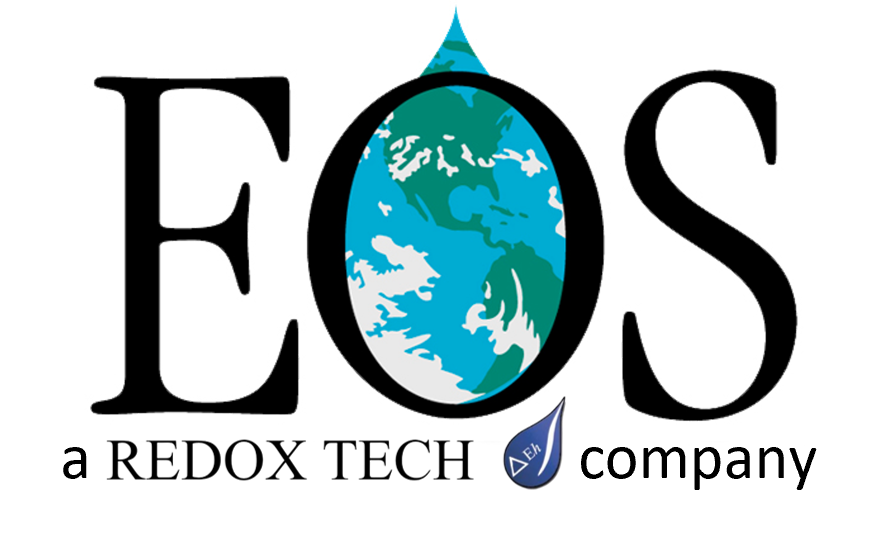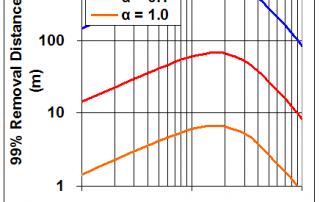New Engineered Solution: PLUS
EOS Remediation has been developing products based on the latest scientific discoveries in groundwater remediation since we developed the technology of using emulsified vegetable oils (EVO) for Enhanced Reductive Dechlorination (ERD) for the research arm [...]

